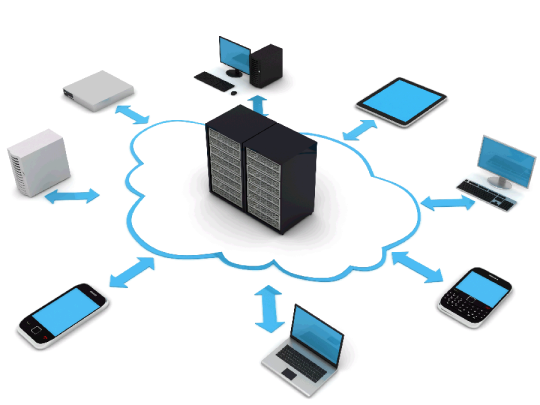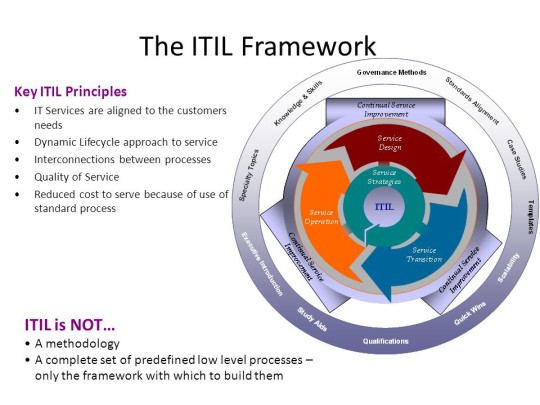
Any organization worth their weight in gold will have a business IT continuity in place, but will it have taken care of all the basics that are required?
It’s crucial that your business IT continuity plan addresses these basics or you’ll discover – when it’s far too late – that it’s not possible to get your business back on track as effectively or quickly as you could have. And, often, these basics are so simple that you’ll be kicking yourself that they weren’t covered in the first place.
Now, the last thing we want is for your business to go offline for longer than necessary, so we’re going to share some simple, but effective tips to make sure your IT continuity has a strong foundation and can get you up and running as quickly as possible.
- Research and Prepare: If you want your IT continuity to be implemented as smoothly as possible then it’s essential that you plan, plan and plan some more. You need to understand exactly what your IT operations are and how they rank in importance to get a better picture of how your organization uses its technology. To achieve this, you must regularly liaise with department heads to discuss their needs and then link these all together to produce a plan which ensures the business as a whole can get back online as soon as possible.
- Regularly Test Your Plan: You would be surprised by just how many organizations fail to test their IT continuity plan. And the potential for disaster is greatly increased when you neglect testing your plan. You see, no IT continuity plan is perfect, so it needs regularly testing to iron out any creases and maximize its speed and efficiency. Once you know that it’s as perfect as it can be, you’ll find that you can sleep a whole lot easier.
- Responsibility Needs Identifying: In the case of an IT disaster, it’s common for panic to spread throughout a business. As a result, it’s vital that those in charge of implementing an IT continuity plan can be identified quickly. Creating a responsibility chart should allow your organization to see who is in charge of what when it comes to an IT disaster, so make sure this has been circulated to all staff. And you must ensure that paper copies are also available as an IT disaster means no access to PowerPoint!
- Align Technology Accordingly: Downtime is inevitable in all IT disasters, but the ability to minimize this can depend on the technology at your disposal. Larger organizations are likely to have more complex IT capabilities and, as such, the time required to rebuild this will be greater than a smaller organization. And the power of your backup technology can make a real difference in the speed that an IT continuity plan can be executed and completed. Therefore, it’s crucial that you understand the time taken to restore your IT capabilities and the technology which can achieve this most quickly.
For more ways to secure and optimize your business technology, contact your local IT professionals.
Read More













